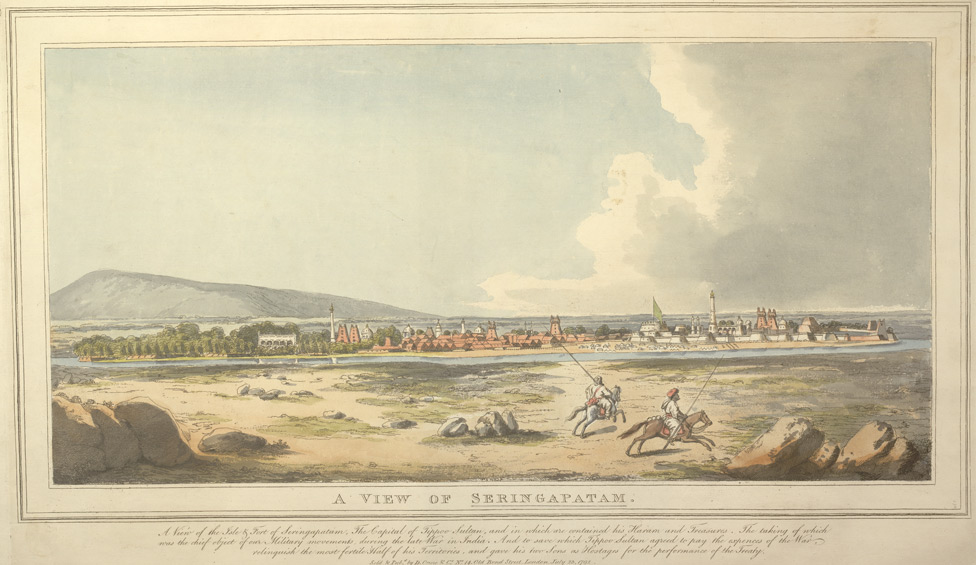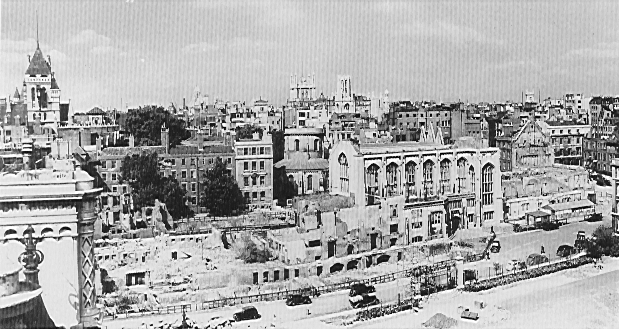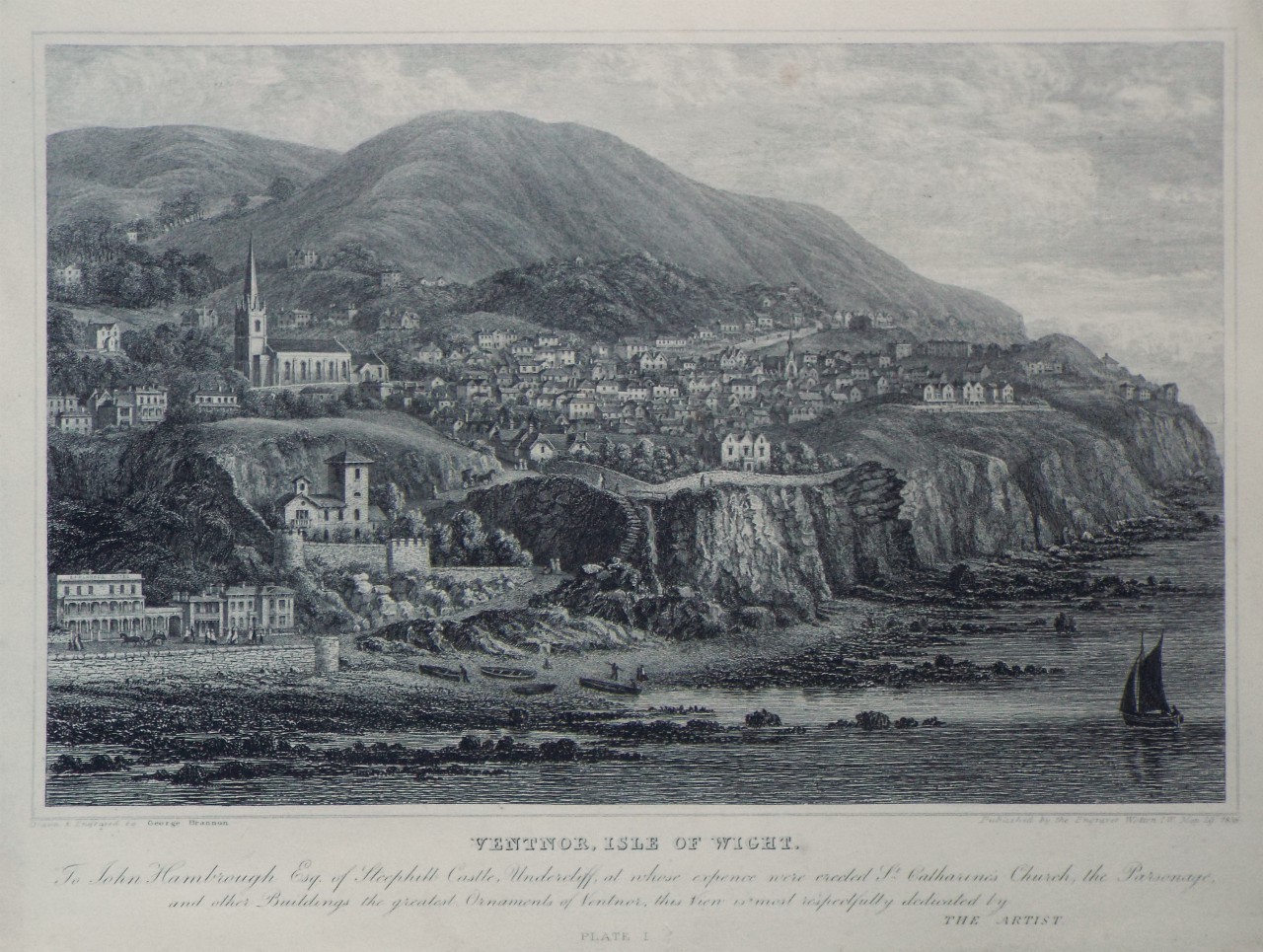These are timeline events that occured around the time our Victorian literary texts were being read and discussed.
Reading Like Victorians Fall 2021 Dashboard
Description
In this course, we are moving between and across our 3 primary texts, reading them in the order they were originally published, discussing how this experience of ‘simultaneous reading’ creates moments of thematic overlap & divergence all the while being aware of our own politics of location.
Galleries, Timelines, and Maps
The following are images and descriptions from real locations, both then and now, mentioned in the novel.
The following are images and descriptions from real locations, both then and now, mentioned in the novel.
The following are images and descriptions from real locations, both then and now, mentioned in the novel.
Individual Entries
The Gates of Somnauth are significant geographically in both The Moonstone and British colonial history. Indeed, the gates itself reflect the entrance to the Somnauth temple which has more significance considering it is likely the site where the Moonstone was stolen, but the gates still radiate a sense of mystery. In The Moonstone, the sacred city of Somnauth is only briefly mentioned—described primarily as a sacked city wrought by despair—but the gates stand out as an object of optimism. Little is known about the history of the gates, but they remained a sacred figure in British and Indian history, so much so that in 1842, Edward Law, the 1st Earl of Ellenborough, ordered the British Army to bring sandalwood gates of Mahmud of Ghazni's tomb—initially believed to be the gates of...
more
Charles Dickens originally chose to set David Cooperfield’s birthplace in Blundeston Suffolk following a trip to Yarmouth, a nearby city and the home of Copperfield’s Peggotty. There is debate on whether Dickens had been to Blundeston Suffolk, though his familiarity with the village suggests otherwise. However, his specificity about the town, such as the view from the church, in addition to his documented proximity, makes it highly likely that Dickens did at least stop by briefly. Located on the east side of the United Kingdom, the town of Blundeston sits in a larger seaside county known as Suffolk. As a coastal region, much of the region’s land is impacted by streams, marshes, and rivers, just shallow enough to...
moreIn the 1850s, Ventnor, a coastal town on the Isle of Wight, was known as a trendy tourist town and popular vacation spot. The air in Ventor was known to help cure lung diseases like tuberculosis because of its unique microclimate. This contributed to the Victorians’s fascination with the town, beyond the fashionable shops and beach that were already appealing. There are multiple well-loved beaches on the island, hidden gems and popular spots alike, and bathing machines used by Victorians are still used today. In 1866, the Isle of Wight Railway was constructed, allowing even more people to visit for either medicinal or pleasurable purposes.
Nowadays, Ventnor continues to be...
moreThe Somnath Temple, a Hindu shrine, was caught in a cycle of violence circa 1800 when The Moonstone by Wilkie Collins was published. The temple suffered several devastating attacks over many centuries. Many Muslim invaders defiled the shrine, most notably Mahmud of Ghazni in 1025-26, Allauddin Khilji in 1296, and Mughal emperor Aurangzeb in 1665. These invasions led to repeated destruction and construction between the Muslims and the Hindus that lasted for centuries. After Aurangzeb’s 1665 attack, which left the shrine virtually in ruins, it took until 1783 for the temple to be rebuilt again. The Holkar dynasty constructed a new shrine adjacent to the one destroyed by Aurangzeb as the temple structure had become very weak due to prior attacks.
The name Somnath means ‘The protector of the Moon God’. Per ancient...
moreYorkshire is the largest county in England. Nestled between the North Sea and Pennine hills, the picturesque county rests South of River Trees and North of the Humber Estuary. Yorkshire spans seven cities: York, Ripon, Wakefield, Leeds, Sheffield, Bradford, and Kingston upon Hull. However, at the time The Moonstone was written,York, Ripon, and Wakefield were the sole county regions recognized as cities. A more prominent mode of geographical organization during the period The Moonstone took place was the ridings system. Yorkshire was divided into three “ridings”– or sub-counties–also known as “Thridings” in order to manage the large population and geographical span of the county: North Riding, East Riding, and West Riding. While a romantic view of the county might note the “...
more
(If the image doesn't load: http://www.columbia.edu/itc/mealac/pritchett/00routesdata/1700_1799/tipu...)
Srirangapatna, also known as Seringapatam after the spelling was changed during British rule, was the capital city of the kingdom of Mysore during the rule of Haidar Ali (1722 - 1782) and his son Tipu Sultan (1753 -1799). The city is an island surrounded on all sides by the river Cauvery, and on the western side, the main fortress is surrounded by double walls. Now, the fortress, and by...
more
Charles Dickens established the Urania Cottage London in 1847 as a reformatory, providing housing and vocational training for “fallen women,” and then encouraging them to emigrate. These were traditionally prostitutes, but some also came to the college due to imprisonment or poverty. The reformatory took a very progressive stance on women’s reformation; Dickens wrote to the founder of the reformatory, “It is explained to her that she is degraded and fallen, but not lost, having this shelter” (“Georgiana Morson”). Instead of determining a woman’s stay by a fixed length of time, such as six months, the reformatory implemented a marks system, in which a woman earned marks for positive progress and...
more
Charles Dickens established the Urania Cottage London in 1847 as a reformatory, providing housing and vocational training for “fallen women,” and then encouraging them to emigrate. These were traditionally prostitutes, but some also came to the college due to imprisonment or poverty. The reformatory took a very progressive stance on women’s reformation; Dickens wrote to the founder of the reformatory, “It is explained to her that she is degraded and fallen, but not lost, having this shelter” (“Georgiana Morson”). Instead of determining a woman’s stay by a fixed length of time, such as six months, the reformatory implemented a marks system, in which a woman earned marks for positive progress and...
moreAt the time of David Copperfield, Dover was expanding from the role of a garrison and protecting the shores of England, to a seaside destination town. The purpose Dover served as a garrison, was to protect the coastline of England for up to one and a half miles along the shortest crossing between England and France. A major landmark that served this purpose was the Dover Castle and the attached buildings which included medieval walls, a fort, artillery, and underground tunnels for protection. In making the transition to a seaside destination town, the town of Dover constructed hotels, ice rinks, and a boardwalk to provide entertainment. They also underwent massive technological updates to make modernize Dover for the age of the 19th century by installing sewers and gas street lights. Furthermore, the town expanded more when the South Eastern Railroad was installed in 1844, and a shipbuilding business brought in major income for the area. Since there...
more
Fig Tree Court in Temple London, named for its abundance of figs, is the residence of Robert Audley in the Victorian era novel Lady Audley’s Secret. The court is located in the Inner Temple which is between Fleet Street and the Thames river. As a part of the Inner Temple—one of four Inns of Court in England—Fig Tree Court houses many people who practice law and Robert Audley, a barrister, is no exception. An Inn of Court was one of four institutions that educated legal professionals and the only body that could call a barrister to the Bar.
...
more
